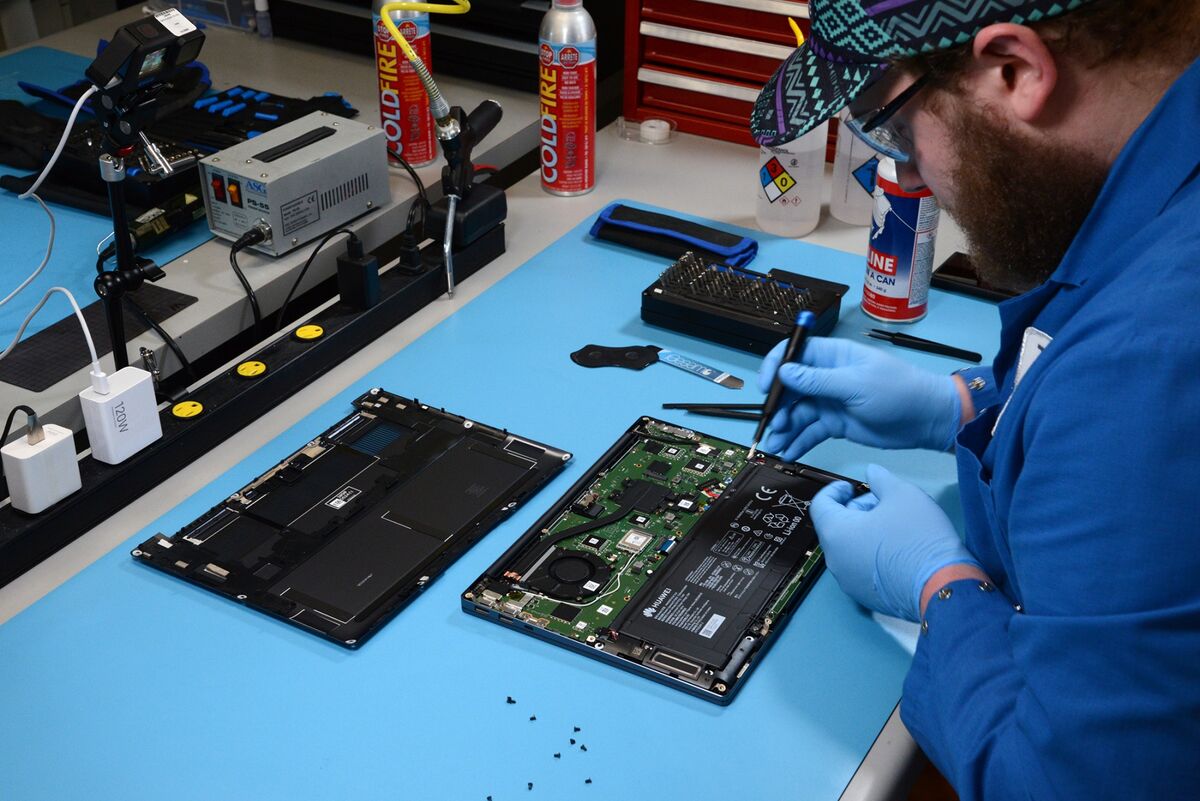Huawei Teardown Shows 5nm Laptop Chip Made in Taiwan, Not China::Huawei Technologies Co.’s newest laptop runs on a chip made by Taiwan Semiconductor Manufacturing Co., a teardown of the device showed, quashing talk of another Chinese technological breakthrough.



You are ware that the nm value used for samsungs and tsmcs process is also marketing right?
The whole point of intel changing their name on their process is to allign closer with samsungs/tsmc. Its why intel 4’s physical transitior size and depth to next transitor is in the same ballpark as samsungs, despite officially being called something different.
Intels density falls closer to 5nm, and far from 7nm. Intels 10nm was already on its own about the same as tsmcs 7nm. Intel 4 is roughly TSMC 5N.
Thr main thing is intel hasnt caught up to bleeding edge yet (tsmc 2/3nm) and is about a year behind, but they have already passed TSMC 7nm a while back.
I know it’s more complicated than just node size, but you’re making it sound like intel cpus are roughly the same transistor density as current AMD cpus, so why is amd that much more efficient?
Phoenix is on 4nm, Intel 4 is more comparable to 5nm, so its definitely not what ive been saying remotely when ive explicitly said that Intel 4 is comparable to tsmc N5 node.
If you’re thinking about desktops, 0 desktop processors are on the Intel 4 node, so you couldn’t even have a point of reference on it. If you want to compare Intels 10nm (renamed version being 7nm) to TSMC 7nm, that would be like comparing Alder Lake/Raptor lake to strictly Zen 3(AMD 5000 desktop cpus).